Demolition waste, construction material, household waste, pet waste and even private parking lots can be found in the buffer zone of the El Conchalito mangrove, surrounded by the city of La Paz, in northwestern Mexico and which is now being pressured by urban development that threatens to stifle it.
On the afternoon of March 21, a construction company deposited sand with garbage in the mangrove industrial estate. Immediately, the alarms went off for the Guardianas del Estero de El Conchalito, a group of 12 organized women who have been carrying out community surveillance in the area for six years.
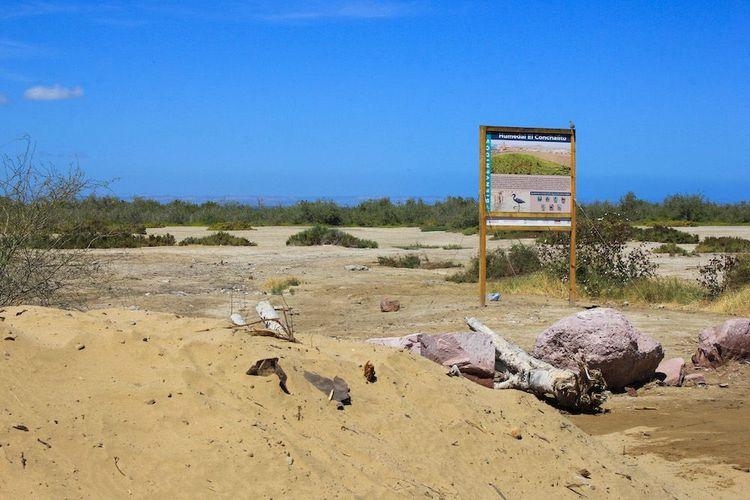
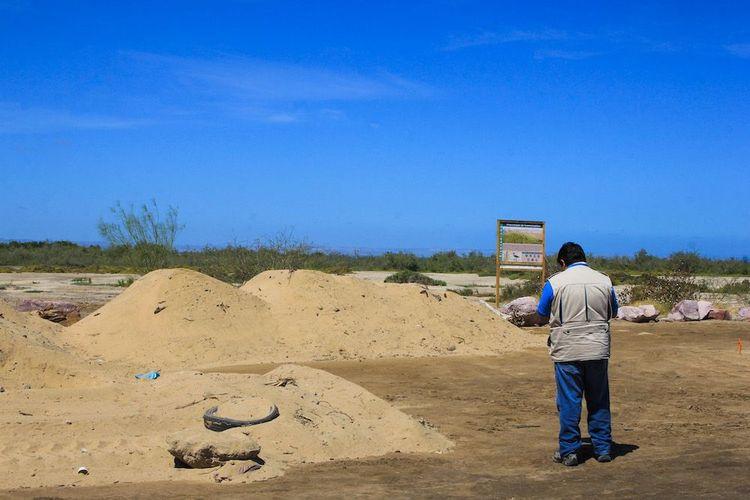
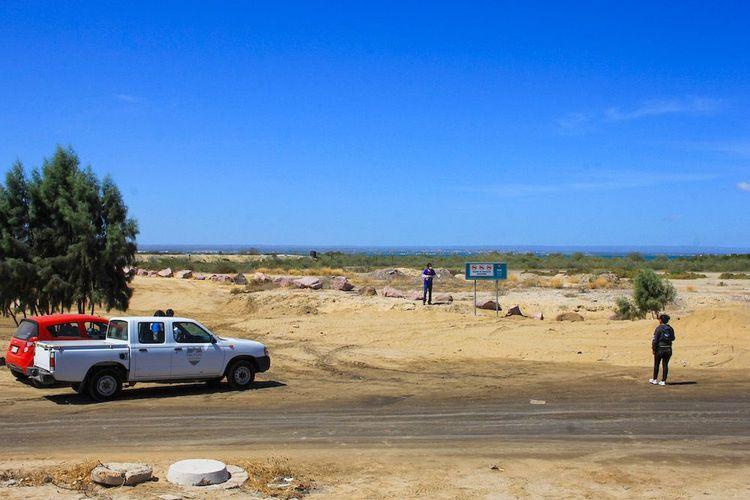
Profepa staff, the Guardians and the company's legal representative following up on the complaint about the sand and garbage dump in El Cochalito. Source: Daniela Reyes.
The Guardians filed a complaint with the Department of Environment of the City of La Paz and with the Federal Attorney's Office for Environmental Protection (Profepa) and even took on the task of investigating and finding those responsible, who removed the material at the direction of Profepa.
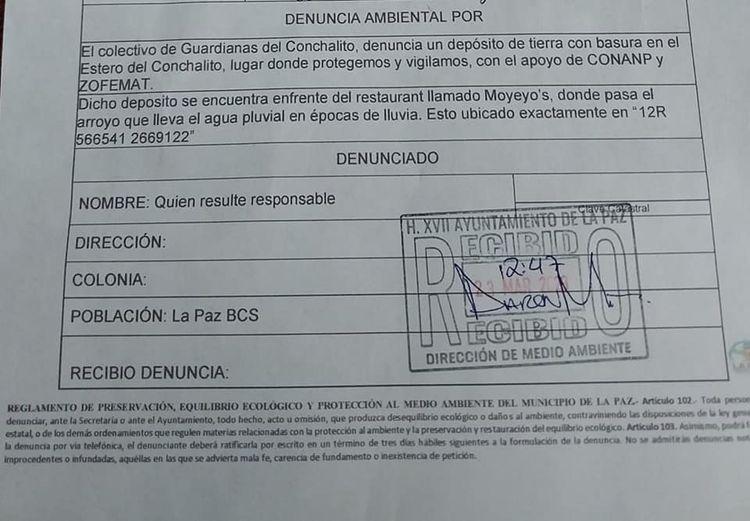
Currently, Baja California Sur does not have a Waste Law and there are no responsibilities or processes for the management of demolition and construction waste, said Mayra Gutiérrez, coordinator of the De-Plasticize Alliance, which brings together more than 35 organizations, state and municipal governments and private initiative under work for a bill that provides greater certainty in this type of situation.
Without the Law and with only a destination agreement, the Guardians are only dedicated to monitoring, collaborating on cleaning days and recommending good practices to visitors to the area, such as not entering the mangrove area in motorized vehicles, bringing pets on leashes and taking responsibility for their waste.
The mangrove forest thanks it, it has begun to regenerate and increase in surface area. However, legal tools are required to strengthen the work that the Guardians do, since there are new factors that threaten to reverse everything advanced.
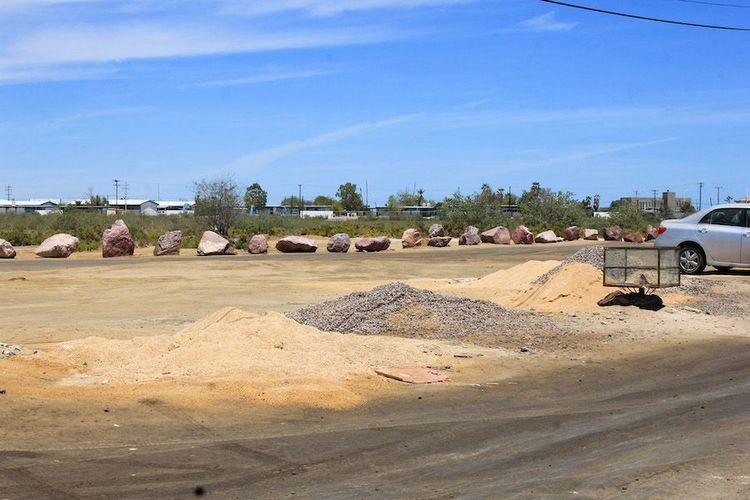
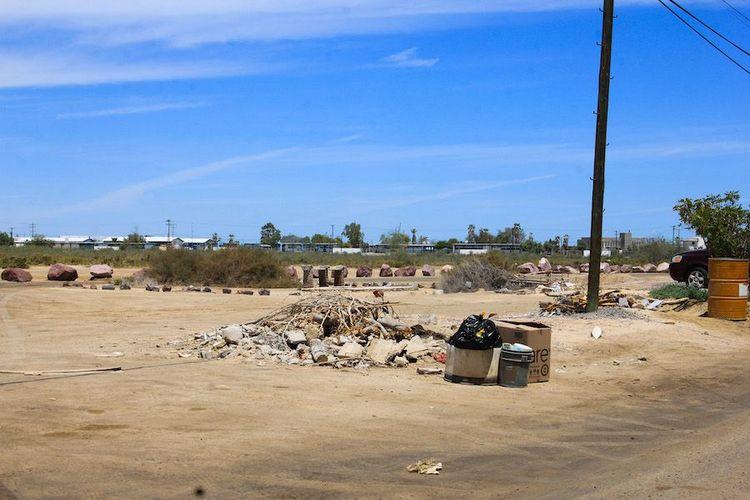
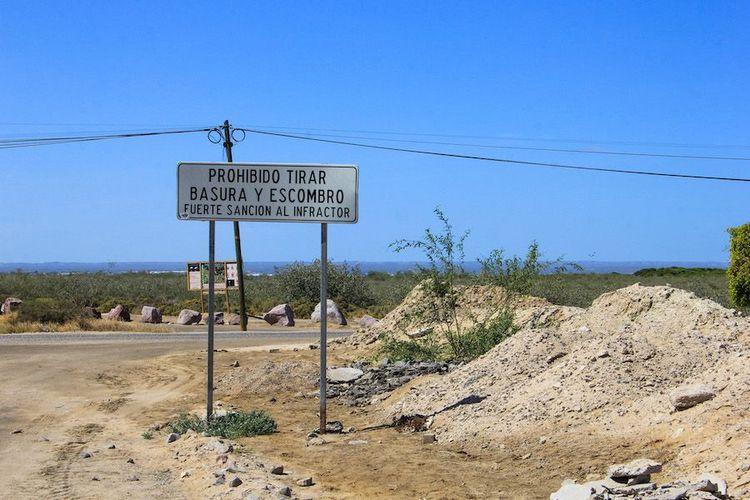
Debris and construction materials deposited along the El Conchalito mangrove polygon. Source: Daniela Reyes
Gentrification that threatens mangroves
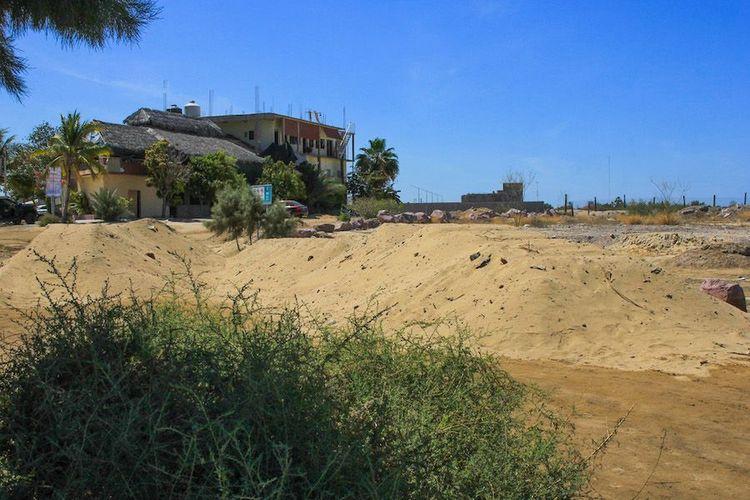
Property partially within the El Conchalito wetland estate and sand with garbage deposited. Source: Daniela Reyes
In a contradictory way, mangroves have historically been relegated and undervalued as an ecosystem, said Giovanni Ávila Flores, professor-researcher in the Academic Department of the Autonomous University of Baja California Sur and member of the directory of mangrove specialists in Mexico of the National Commission for the Knowledge and Use of Biodiversity (Conabio), because they are the last barrier between sea and land and are seen as distant and hidden places.
They are usually spaces located in the Maritime Terrestrial Zone that belong to “everyone and no one”, which complicates their management. Because of these conditions, they tend to suffer serious depredations as a result of pollution.
However, Eduardo Borbolla, head of the Evaluation and Monitoring Unit of Conanp, pointed out that for areas that are protected by destination agreements, they do not have personnel or money allocated for their conservation.
Without resources from environmental authorities and with the expansion of urban sprawl, The Guardians feel that people now value this ecosystem more, which is now coveted for real estate development because of its proximity to the sea and the city center.
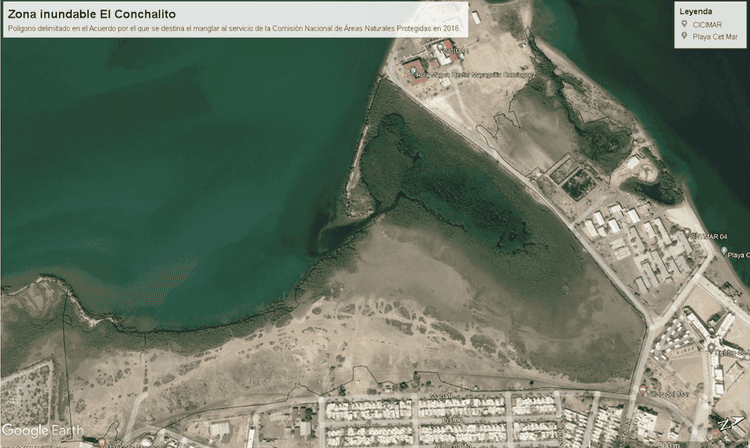
So far, there have been at least three attempts to illegally sell properties located in the Conchalito industrial estate by real estate companies such as Century 21, who claim to own land within the industrial estate.
However, they have stopped because of the environmental policy that protects it and that states that the only purpose for which it can be used is for conservation, based on the destination agreement, said Celeste Ortega, mangrove conservation manager at the Costa Salvaje organization.
Eduardo de la Borbolla points out that every year there are attempts to invade the industrial estate and that even people have been defrauded with them. Although these attempts have not succeeded, there have been properties surrounding the polygon that have expanded and violated the destination agreement by building the protected area.
The Guardians began an incessant effort to conserve this ecosystem, mainly because they belong to the community of El Manglito, a neighborhood near Conchalito that was historically formed by fishermen. For them, the conservation of the mangrove forest was important because it is the breeding area of many species, and for that reason they began self-managed community surveillance.
As a result of this work, in 2017, the management agreement for the area was obtained for a period of five years and which is about to be renewed, which has helped to generate greater legal tools and allies for the conservation of this space.
Regular El Conchalito before it's too late
Despite community surveillance, collaboration with organizations and institutions, the initiative to regulate waste, and the destination agreement, the situation of Conchalito seems difficult to improve without a management process.
According to Ávila Flores' thesis, presented in 2021, the mangrove cover for Baja California Sur is 29,586 hectares, of which about 9,000 are in Protected Natural Areas, while La Paz has 344 hectares of mangroves.
However, the Mangrove Monitoring System of Mexico (SMMM) reports that the entity has experienced a steady decline in mangrove area since 2010. Meanwhile, the entire North Pacific region lost 6,300 hectares of mangroves from 2015 to 2020.
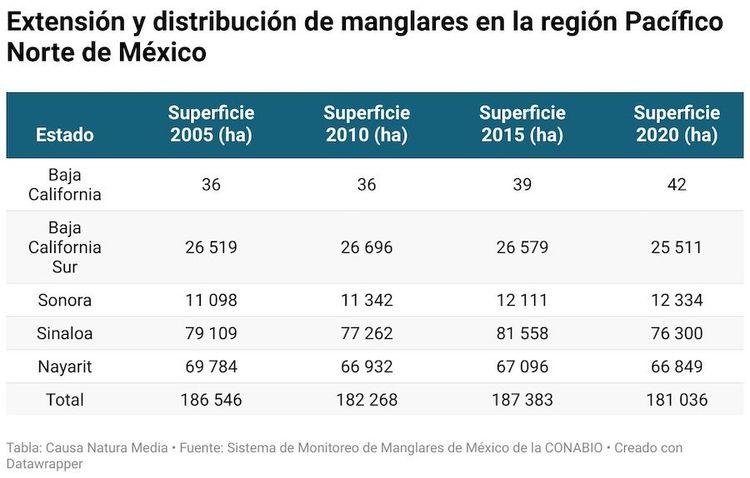
To curb the urban pressure that threatens to suffocate the mangrove of El Conchalito, Celeste said that they are working together with Guardianas and Conanp on a proposal for a Management Program so that there are good visitation practices such as the use of vehicles and the entry of pets only in certain areas, since there are currently no specific regulations in the polygon, however, it is not yet determined when a first draft will be ready.
So far, we have only a participatory mapping of the uses of the site and suggestions on future uses for zoning that will give rise to regulations. The latter will empower the Guardians to make recommendations related to their community surveillance work.
Once the Management Program is approved, more challenges will come with its implementation, while the Guardians continue to inspire other community organizations to strengthen their work in defense of the territory.
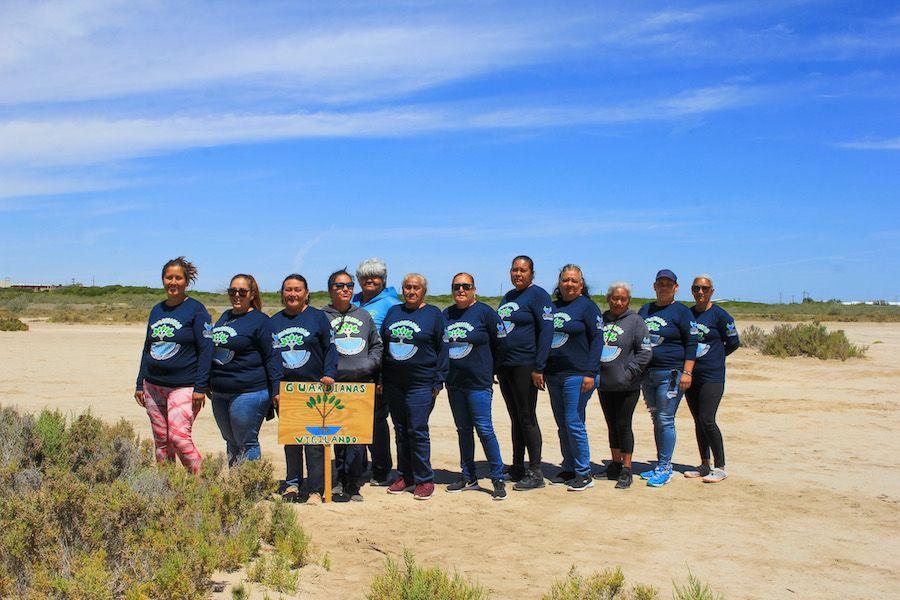


Comentarios (0)